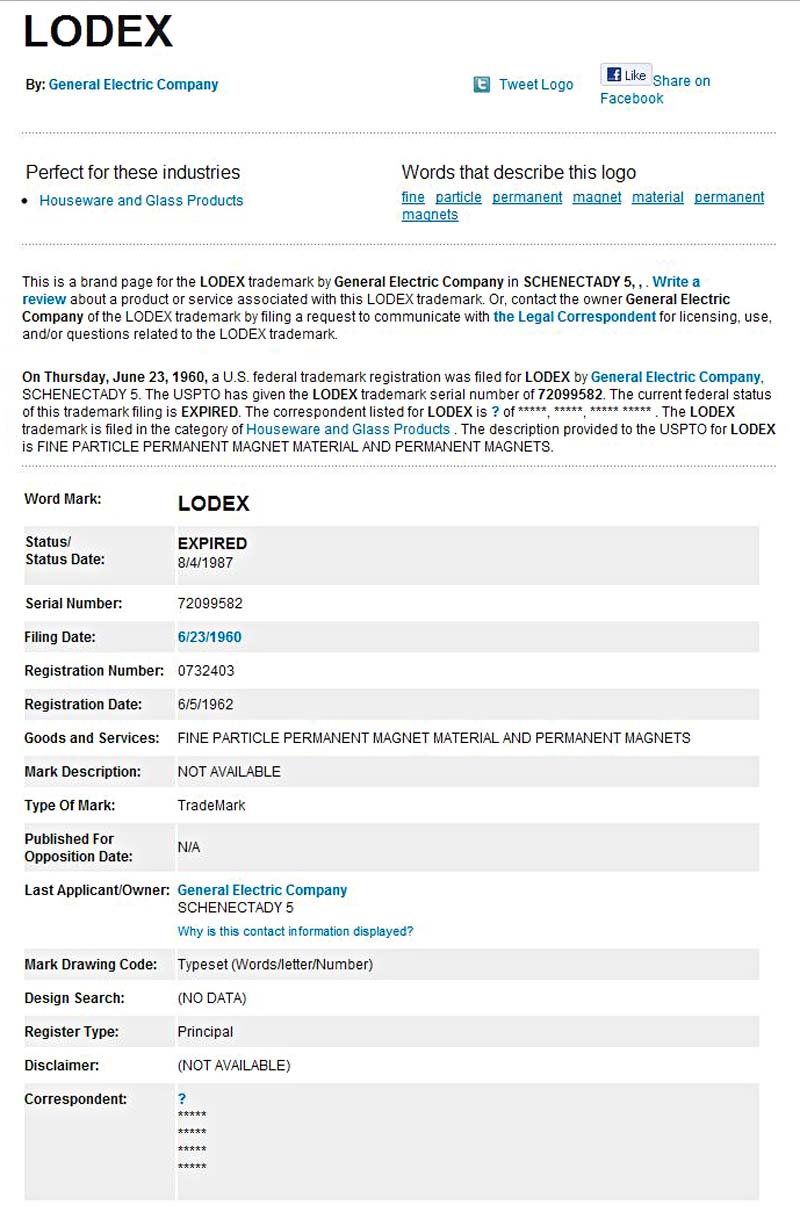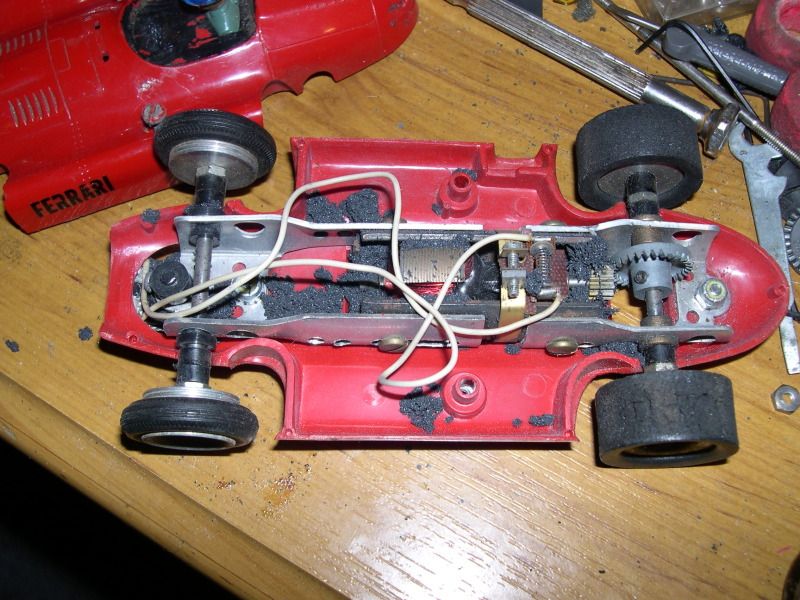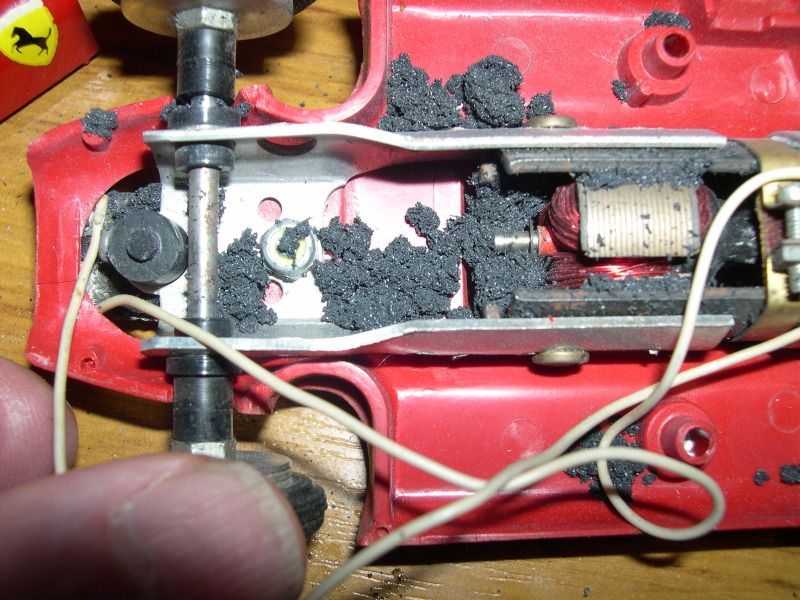First, amalgam is not a glue, it involves a hazardous environment poison: Mercury alloy.
That means that these Lodex (a trademark brand of General Electric) magnets were pretty bad boys from the very beginning, and in more ways than one:
1. As we've seen, sustainable, long time quality was/is not very good...

2. The manufacturing process involved mercury and lead, both very poisonous elements.
3. The magnetic effect was inferior to other types of magnets already when new. Theory and practice didn't correspond.
It is no easy feat to research the Lodex magnets on the Net, as more often than not the serious information on these magnets is locked in behind bars and you're met with demands to pay for the info. And no small amounts: One example site wants a hefty $28 for a five (5) page PDF-report on these magnets:

Luckily, at least the front page of this paper could be retrieved, where part of the Lodex process is described:
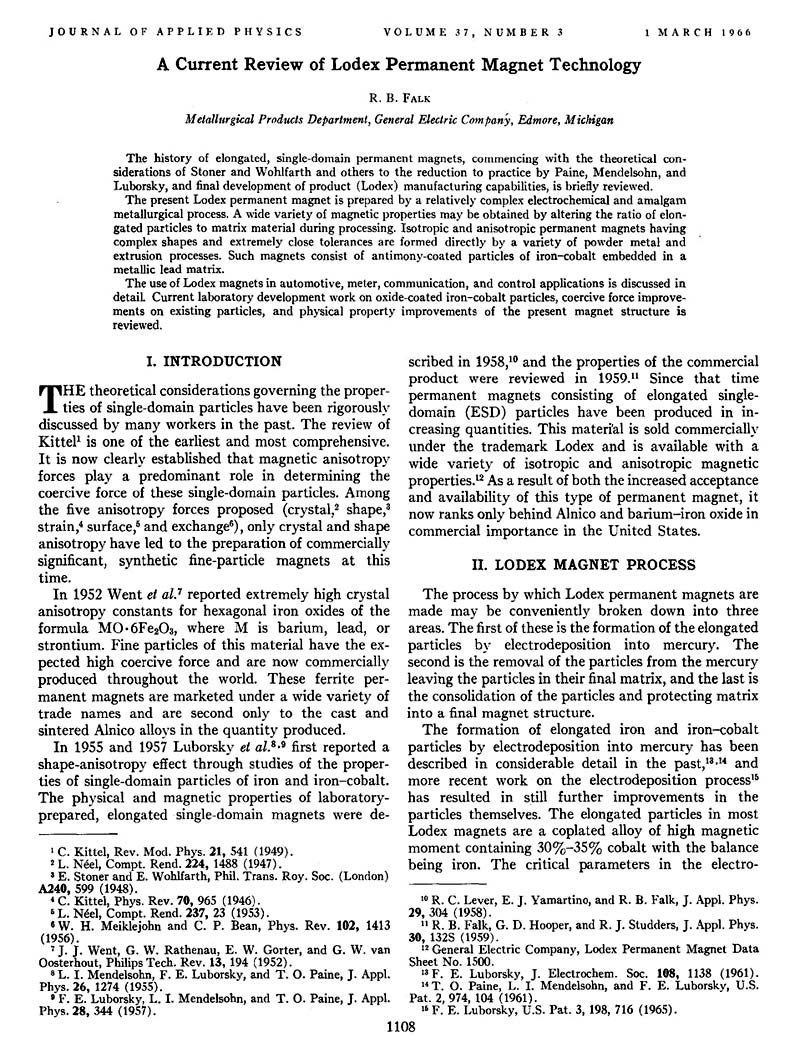
Via Google books I came across a little more, in a "Introduction to Magnetic Materials" by a D. Cullity and C. D. Graham.
Apparently Lodex was/is a very special kind of magnet, as it has it's own chapter/section in the book:
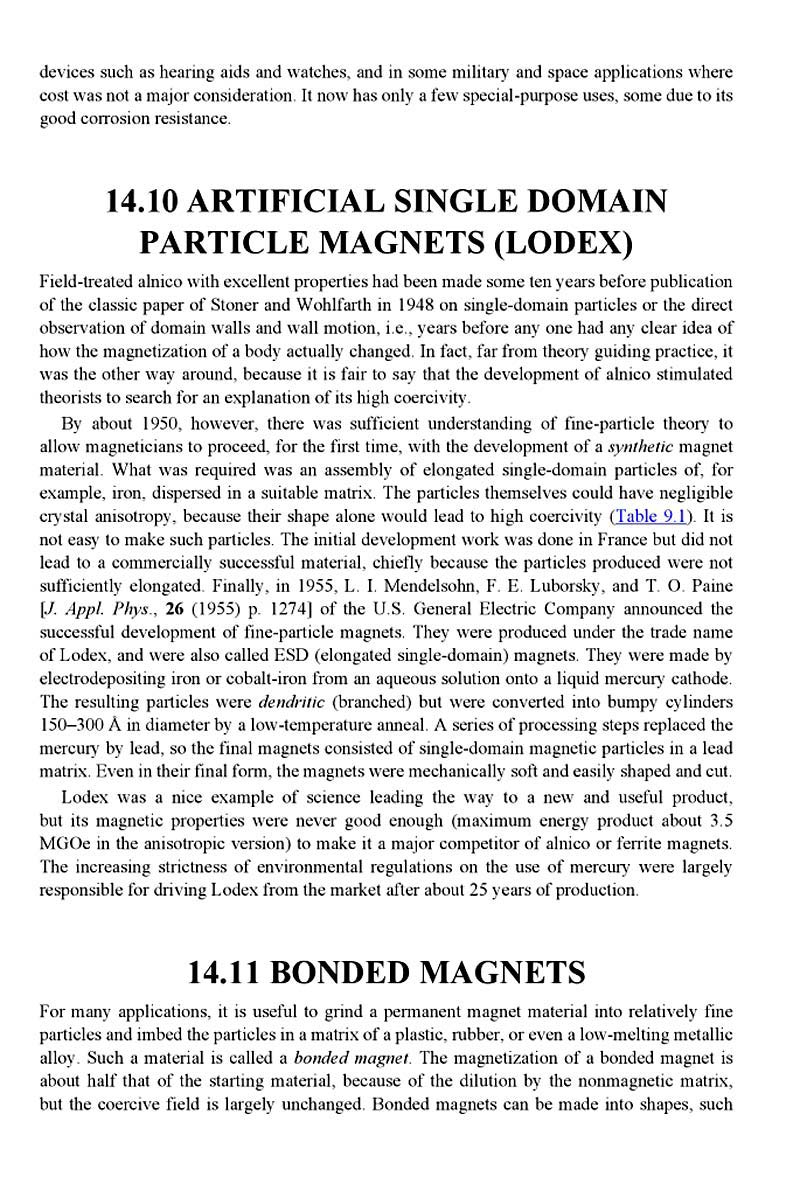
Another paper retrieved via Google books (title unfortunately lost) has a little further info on the Lodex magnets:

Finally, the Lodex trademark now also seems up for grabs, as the registration expired in 1987 and GE doesn't seem to have renewed it. Or...?
